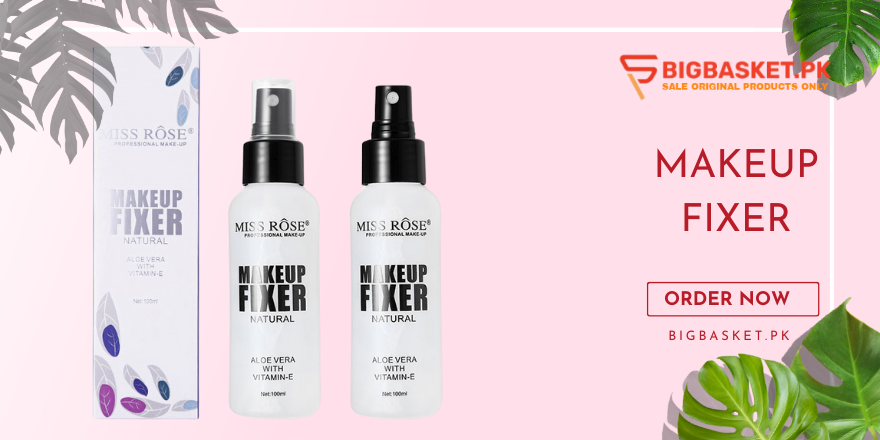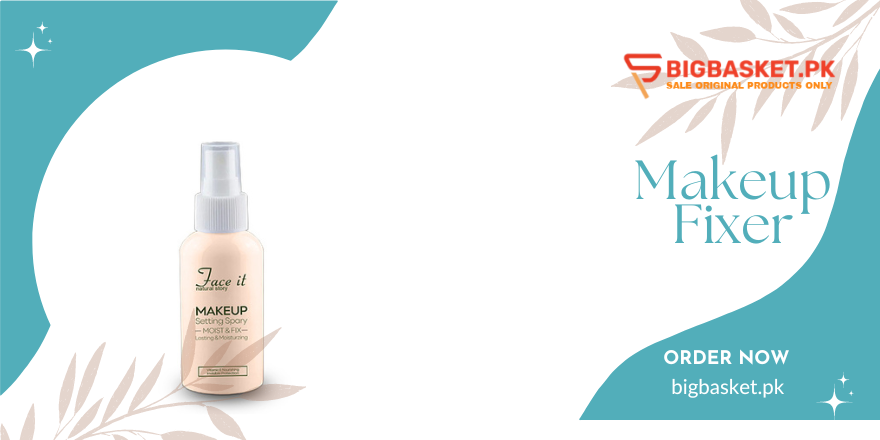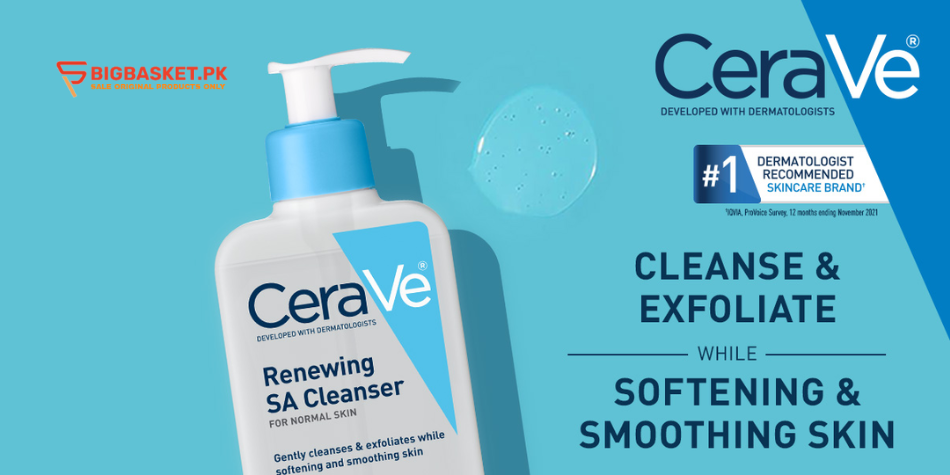Makeup Fixer

Makeup fixer, also known as setting spray, setting powder, or setting mist, is a crucial component in any makeup routine. It serves as the final step to set makeup in place, ensuring longevity and a flawless finish. Whether you’re heading to work, a night out, or a special event, using a makeup fixer can make all the difference in how your makeup wears throughout the day or night.
Types of Makeup Fixers
There are several types of makeup fixers available in the market, each catering to different preferences and skin types. Setting sprays are popular for their ease of use and lightweight feel while setting powders offer a matte finish and help control oiliness. Setting mists provides a refreshing burst of hydration while setting makeup in place.
Makeup fixers come in various types tailored to different skin types and makeup needs. Setting sprays are popular, offering a fine mist to lock in makeup. Matte fixers cater to oily skin, ensuring a shine-free finish while hydrating fixers suit dry skin by adding a dewy glow. Some fixers specialize in long-lasting wear, perfect for events or busy days.
Additionally, there are multipurpose fixers that prime, set, and refresh makeup throughout the day. Exploring options like setting powders or aerosol sprays expands choices, catering to individual preferences and makeup routines.
How Makeup Fixers Work
Makeup fixers work by creating a thin, invisible film over the skin, locking in makeup and preventing smudging, fading, or creasing. They often contain ingredients like polymers and humectants that adhere to the skin and hold makeup in place without feeling heavy or greasy.

Additionally, some fixers contain skincare ingredients that provide added benefits like hydration or oil control. Makeup fixers operate by forming a protective barrier over-applied makeup, enhancing its longevity and vibrancy. Utilizing a blend of ingredients such as polymers, solvents, and humectants, they adhere to the skin and cosmetic layers, ensuring a seamless finish.
Polymers act as film formers, locking makeup in place, while solvents aid in quick drying and evaporation, preventing smudging or creasing. Humectants, like glycerin, maintain skin hydration, preventing makeup from looking cakey or dry. Through a fine mist or gentle application, makeup fixers settle evenly, creating a flawless look that withstands daily activities and environmental factors.
Choosing the Right Makeup Fixer
Selecting the right makeup fixer depends on factors such as skin type, desired finish, and specific concerns. For oily skin, a mattifying setting spray or powder can help control shine, while those with dry skin may prefer a hydrating mist to set their makeup without drying out their skin further.
When choosing a makeup fixer, look for ingredients like glycerin, hyaluronic acid, and botanical extracts that offer hydration and nourishment to the skin. Avoid fixers with alcohol or harsh chemicals that can cause irritation or dryness, especially if you have sensitive skin.
Selecting the ideal makeup fixer hinges on individual skin type, makeup preferences, and desired results. For oily skin, opt for matte fixers to control shine, while dry skin benefits from hydrating formulas for added moisture. Long-lasting fixers suit those seeking extended wear, ideal for special occasions or lengthy days. Consider multipurpose fixers for versatility, offering priming and refreshing benefits throughout the day. Sampling various formulations, whether aerosol sprays or setting powders, aids in finding the perfect fit for your routine. Assessing ingredients and reading reviews helps in making informed decisions tailored to specific skincare and makeup needs.
Application Techniques
The application of makeup fixers can vary depending on the type of product and personal preference. Setting sprays are typically sprayed evenly over the face in a sweeping motion while setting powders are applied with a fluffy brush or sponge in gentle tapping motions. Setting mists can be sprayed directly onto the face or a makeup sponge for targeted application.
Regardless of the type of fixer used, it’s essential to hold the product at arm’s length from the face to ensure an even distribution and avoid over-saturating the skin. Mastering application techniques ensures optimal results when using makeup fixers. Begin by shaking the product to evenly distribute ingredients, then hold the bottle at arm’s length for a gentle mist over the face.
Alternatively, for setting powders, use a fluffy brush to lightly dust the product across the skin, focusing on areas prone to creasing or oiliness. Allow the fixer to dry naturally without touching or blending to maintain its efficacy. For targeted hydration or longevity, apply the fixer with a sponge or beauty blender, gently pressing it into the skin for seamless integration. Experimenting with application methods refines skills, ensuring flawless makeup that lasts throughout the day.
Makeup Fixer vs. Setting Powder: Which is Better?
Both makeup fixers and setting powders serve similar purposes in setting makeup and prolonging its wear. However, they differ in formulation and application method. Makeup fixers are typically liquid or spray formulas applied as a final step in the makeup routine while setting powders are finely milled powders applied with a brush or sponge to mattify the skin and set liquid or cream products in place.

The choice between a makeup fixer and setting powder ultimately comes down to personal preference and desired finish. Some may prefer the lightweight feel of a setting spray, while others may prefer the matte finish achieved with a setting powder.
Discovering the ideal finishing touch for your makeup can be perplexing, with makeup fixers and setting powders both claiming to be the ultimate solution. While fixers lock in your look, setting powders absorb excess oil. To make the right choice, consider your skin type and the desired finish. Oily skin may benefit from setting powders, while fixers suit those aiming for a dewy complexion. Experiment with both to determine which enhances your makeup longevity and suits your style best.
Common Mistakes to Avoid When Using Makeup Fixers
While makeup fixers can enhance the longevity and appearance of makeup, there are common mistakes to avoid to ensure optimal results. One common mistake is overusing the product, which can lead to a heavy or cakey appearance. It’s essential to apply a light, even layer of fixer to avoid buildup and ensure a natural finish.
Another mistake is applying fixer too close to the face or with too heavy a hand, which can cause the makeup to become patchy or streaky. To prevent this, hold the fixer at arm’s length and apply in short, controlled bursts.
Maximizing the effectiveness of makeup fixers requires avoiding common pitfalls. Overapplication is a frequent error, as excessive use can result in a sticky residue. Spraying too close or too far from the face also impacts efficacy. Skipping the shake step before application hinders the proper mixture of ingredients. Lastly, neglecting to wait for the fixer to dry can lead to smudging. By sidestepping these blunders, you can ensure your makeup fixer elevates your look without compromising its effectiveness.
DIY Makeup Fixer Recipes
For those who prefer natural or homemade skincare products, DIY makeup fixer recipes offer a customizable and cost-effective alternative to store-bought options. Common ingredients used in DIY fixers include rose water, witch hazel, aloe vera gel, and essential oils.
To make a simple DIY fixer, combine equal parts rose water and distilled water in a spray bottle and add a few drops of your favorite essential oil for fragrance. Shake well before each use and mist over the face to set makeup and refresh the skin throughout the day.
Crafting your makeup fixer not only saves money but allows customization to match your skin’s unique needs. A simple recipe might include distilled water, glycerin, and a few drops of essential oil for fragrance. Experiment with variations like aloe vera gel or green tea for added benefits. Mix, pour into a spray bottle, and voila! You now have a personalized, cost-effective makeup fixer that caters to your skin’s specific requirements, giving you control over the ingredients you apply to your face.
How to Make Makeup Last Longer with Fixers
To maximize the longevity of makeup with fixers, there are several tips and tricks to keep in mind. Start by prepping the skin with a hydrating primer to create a smooth canvas for makeup application. Apply foundation and concealer as usual, then set with a translucent setting powder or setting spray to lock everything in place.

Throughout the day, touch up areas prone to fading or creasing with a small amount of setting powder or spray to maintain a fresh, polished look. Avoid touching or rubbing the face to prevent makeup from transferring or smudging.
Makeup Fixers for Different Skin Types
When choosing a makeup fixer, consider your skin type and any specific concerns you may have. For oily skin, look for oil-free, mattifying formulas that help control shine and minimize the appearance of pores. For dry skin, opt for hydrating fixers with ingredients like hyaluronic acid or glycerin to prevent makeup from settling into fine lines or dry patches.
Those with combination skin can use a combination of products, applying a mattifying fixer to oily areas and a hydrating fixer to drier areas. Experiment with different formulas to find the combination that works best for your unique skin needs.
Conclusion
In conclusion, makeup fixers play a crucial role in setting makeup and ensuring it lasts throughout the day or night. Whether you prefer the convenience of a setting spray, the matte finish of a setting powder, or the refreshing feel of a setting mist, incorporating a fixer into your beauty routine can enhance the overall appearance and longevity of your makeup.
FAQs
What is Makeup Fixer, and how does it work?
Answer: Makeup Fixer is a beauty product designed to set and extend the wear of your makeup. It typically comes in a spray or mist form. The Fixer works by creating a fine, invisible film on your skin that helps seal in your makeup, preventing it from smudging or fading throughout the day. It also helps to hydrate your skin, giving you a fresh and dewy finish.
When should I use Makeup Fixer in my makeup routine?
Answer: Makeup Fixer should be the final step in your makeup routine. After you’ve applied all your makeup, including foundation, eyeshadow, and lipstick, hold the Fixer at arm’s length and spray it evenly across your face. This will help set your makeup and keep it in place for an extended period, ensuring a long-lasting and flawless look.
Can I use Makeup Fixer on all skin types?
Answer: Yes, Makeup Fixer is generally suitable for all skin types. Whether you have oily, dry, or combination skin, a good quality Fixer can work to set your makeup without causing any irritation. Look for formulations that are alcohol-free and contain hydrating ingredients to ensure a comfortable and nourishing experience for your skin.
Does Makeup Fixer have any skincare benefits?
Answer: Many Makeup Fixers include ingredients that offer additional skincare benefits. Common additives include antioxidants, vitamins, and botanical extracts that can provide hydration and protect your skin from environmental stressors. While the primary purpose is to set makeup, these added ingredients contribute to the overall health and appearance of your skin.
How long does the Makeup Fixer effect last?
Answer: The longevity of Makeup Fixer varies depending on the product and environmental factors. Generally, a good quality Fixer can keep your makeup looking fresh for 8-12 hours. However, factors like humidity, sweating, or rubbing your face may impact longevity. For prolonged wear, consider reapplying the Fixer throughout the day if needed.
Can I use Makeup Fixer if I have sensitive skin?
Answer: It’s crucial to choose a Makeup Fixer specifically formulated for sensitive skin if you have concerns. Look for products labeled as hypoallergenic and fragrance-free. Additionally, perform a patch test before regular use to ensure compatibility. If you experience any irritation or discomfort, discontinue use and consult with a dermatologist.
Can I apply Makeup Fixer over powder products?
Answer: Yes, Makeup Fixer can be applied over powder products. It can enhance the finish of your makeup by seamlessly blending all the layers. After applying your powder products like setting powder or blush, a few spritzes of Fixer will help set everything in place and give your makeup a natural, skin-like appearance.
Is Makeup Fixer different from Setting Spray, and do I need both?
Answer: While the terms are often used interchangeably, Makeup Fixer and setting spray can have subtle differences. Fixers are designed to set makeup and provide a longer-lasting effect. Setting sprays may focus more on locking in the makeup without the added skincare benefits. Whether you need both depends on your preference and the specific look you want to achieve. Some products serve dual purposes, offering both fixing and setting benefits.








